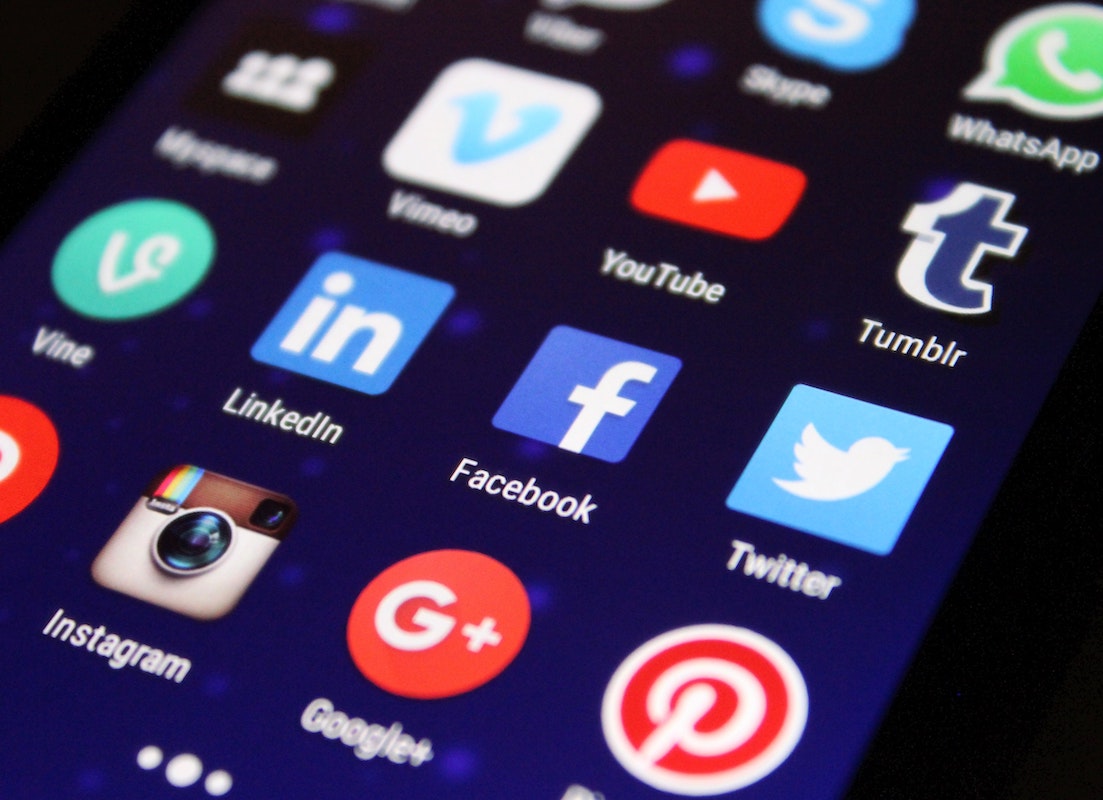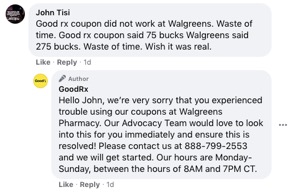Unlocking the Power of User-Generated Content: How Companies Can Reap the Benefits
In the digital age, where social media and online communities dominate, user-generated content (UGC) has emerged as an incredibly powerful tool for companies and our content creation agency.
UGC refers to content of all kinds – such as photos, videos, reviews, testimonials, social media posts, and podcasts – created by consumers rather than the company itself. This content can be harnessed by businesses to their advantage in numerous ways, yielding the following benefits for one’s brand.
- Authenticity and Credibility:
User-generated content possesses a unique characteristic that sets it apart from traditional marketing efforts – authenticity.
According to the Nielsen Consumer Trust Index, 92% of consumers trust organic, user-generated content (UGC) more than they trust traditional advertising. Content created by their peers rather than slick, branded advertising is much more appealing. When consumers see real people using and enjoying a product or service, it enhances the brand’s credibility. This credibility fosters a sense of trust and transparency, which can lead to increased brand loyalty and repeat business.

- Boosting Engagement:
UGC is a goldmine for boosting engagement on various digital platforms. Social media, in particular, thrives on user-generated content. Without users posting about their lives on the daily, social media would have little to no content on its platforms. So, when customers share their experiences, stories, and opinions, it sparks conversations and interactions among their social circles. As a result, businesses witness an uptick in likes, comments, and shares, expanding their reach organically.
- Cost-Effective Marketing:
Leveraging user-generated content is a cost-effective alternative to traditional marketing campaigns. Brands can run UGC campaigns and contests to encourage customers to create content. This generates a stream of marketing materials without breaking the bank! Additionally, sharing UGC on a company’s website and social media platforms requires little to no expense, making it an efficient way to market and include your community.
- Understanding Your Target Audience:
User-generated content provides invaluable insights into the preferences and behaviors of your target audience. Understanding what resonates most with your customers can be aided with content analysis. A content creation agency can take this data and use it to inform future marketing strategies, product improvements, and even new product development. It’s important to keep tracking this valuable information to hone in on your target audience and perfect what they are looking for.
- Expanding Reach and Visibility:
When customers share UGC on their social media profiles, it exposes the brand to a wider audience. This enables companies to tap into new demographics and locations that might have otherwise been challenging to reach through traditional marketing methods. UGC also acts as a “digital word-of-mouth marketing” that exponentially expands the brand’s visibility. Comparing your new audience reach to your target audience is valuable, letting you see where gaps in your marketing strategy could be.
- Creating Emotional Connections:
User-generated content often carries emotional weight. Customers share their experiences, stories, and memories associated with a brand, making it personal and relatable. These emotional connections foster a sense of community and loyalty among customers, encouraging them to become brand advocates.
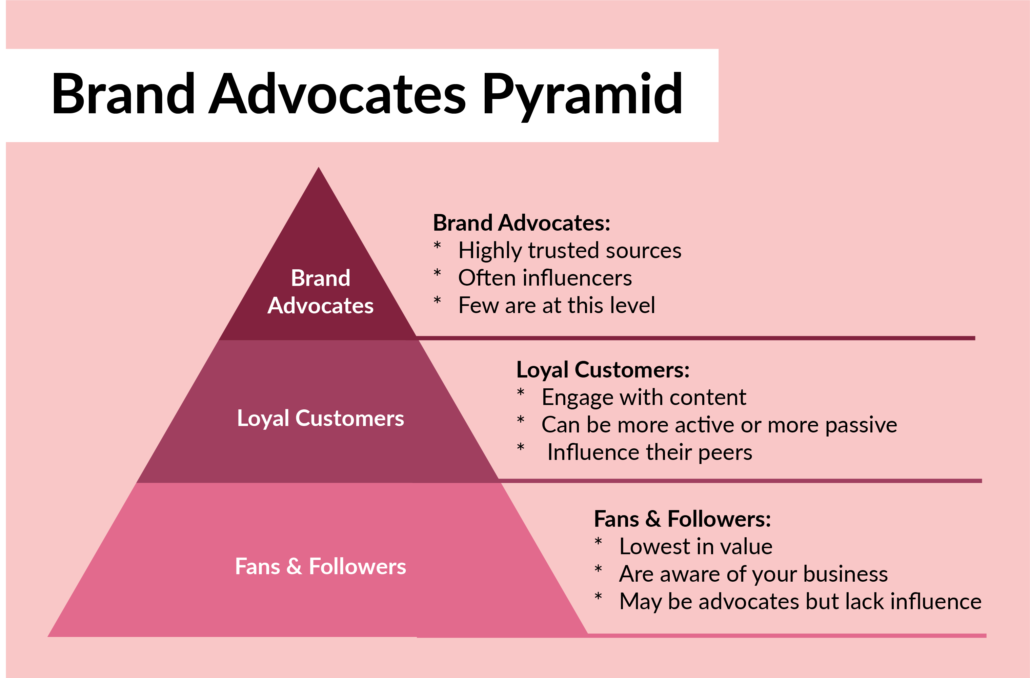
- Inspiring Creativity:
Running UGC campaigns or challenges can ignite creativity among customers. When users are encouraged to create content related to the brand, they may come up with unique and innovative ideas that the company can then leverage in its marketing efforts. This symbiotic relationship between businesses and their customers encourages a continuous cycle of creativity and engagement.
- Building Your Community:
User-generated content fosters a sense of community around your brand. Paired with the consistency you can get by utilizing a content creation agency, customers who actively engage with a brand through UGC campaigns or social media interactions become part of this community of like-minded individuals. This community-driven approach reinforces brand loyalty and encourages users to share their experiences more frequently.
In Conclusion:
Embracing user-generated content is a very powerful strategy for businesses in the digital landscape. By leveraging the authenticity, credibility, and content created by their customers, companies can boost engagement, expand their reach, and build a loyal community around their brand. The cost-effectiveness of UGC campaigns makes it great for businesses of all sizes. In today’s competitive market, harnessing the power of user-generated content has become a necessity for companies seeking to thrive and succeed. If you are looking to improve your user generated content, Bright Age can help! Connect with us to learn more about how we can help you develop a strategy to best utilize UGC on your social media platforms.







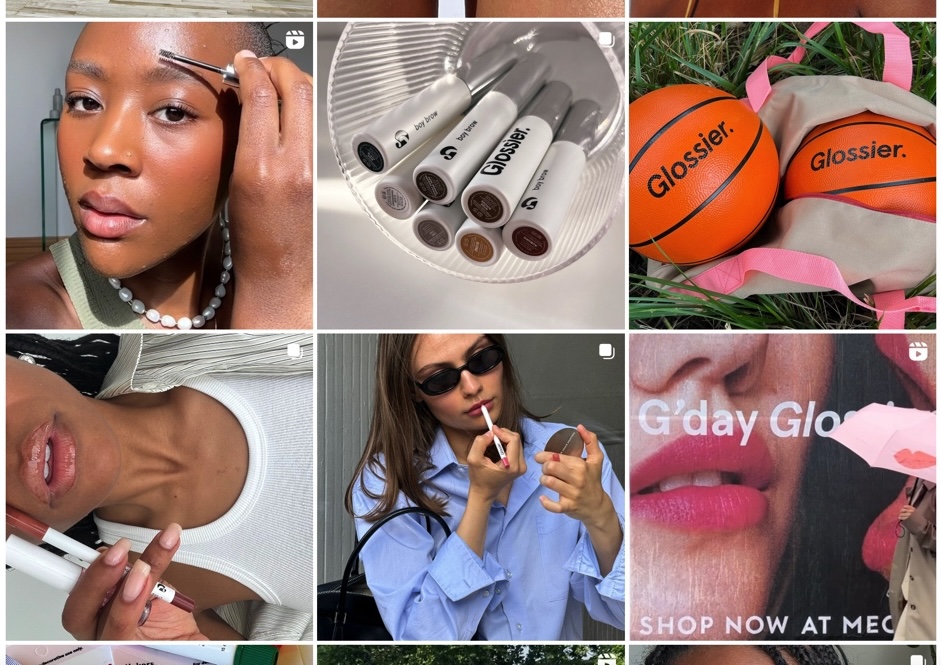



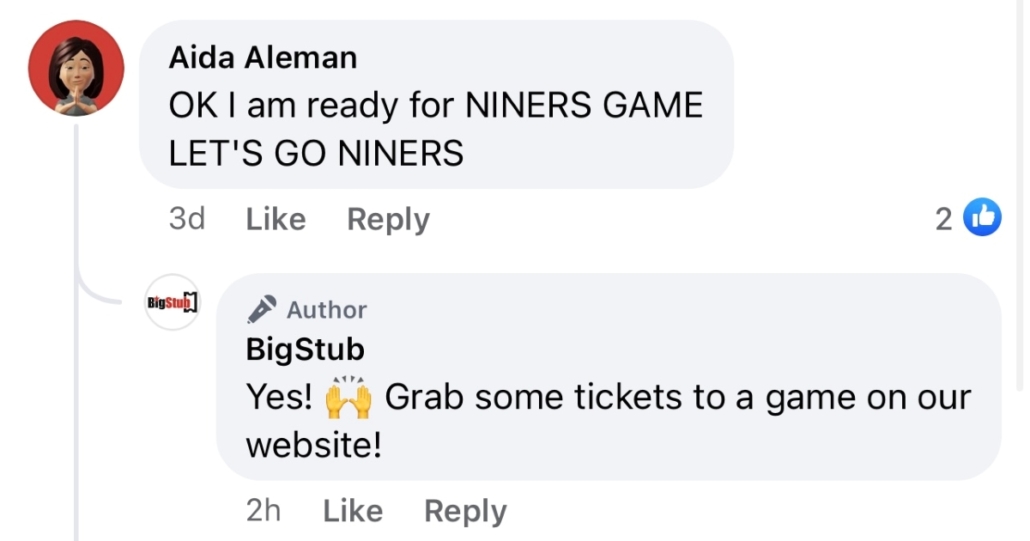
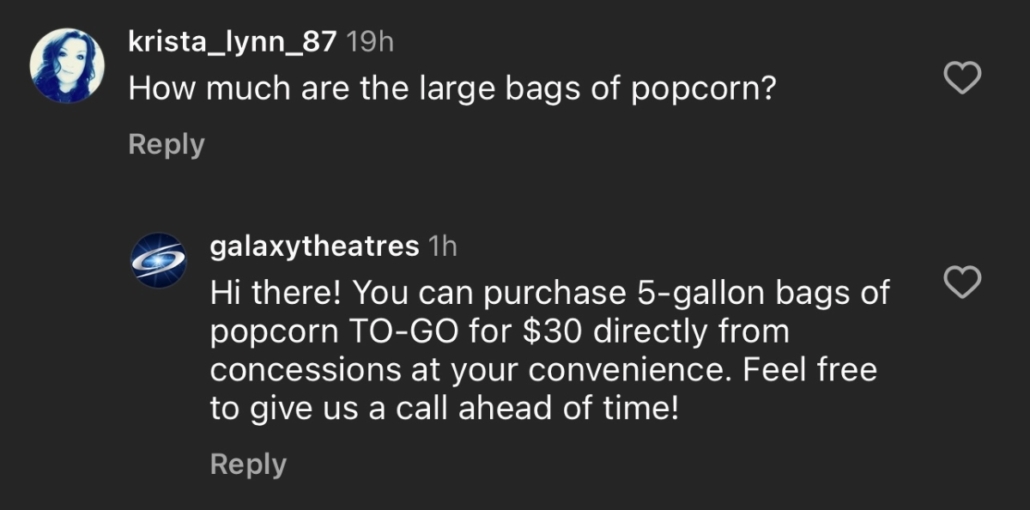


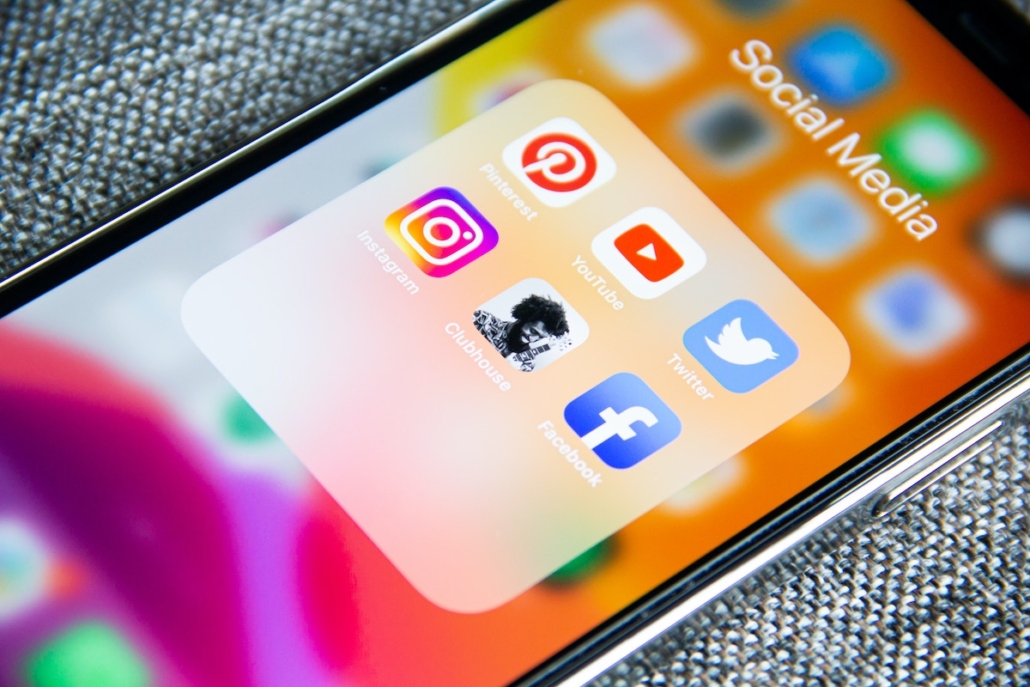

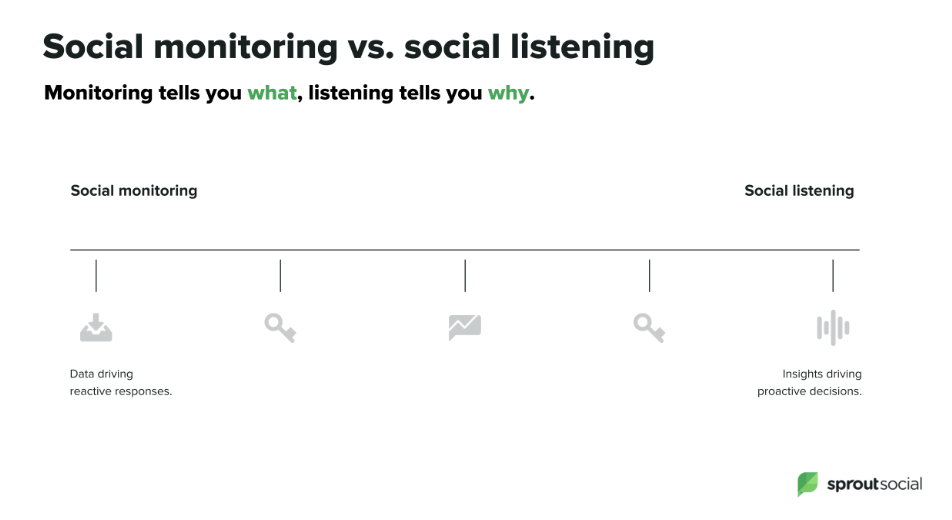





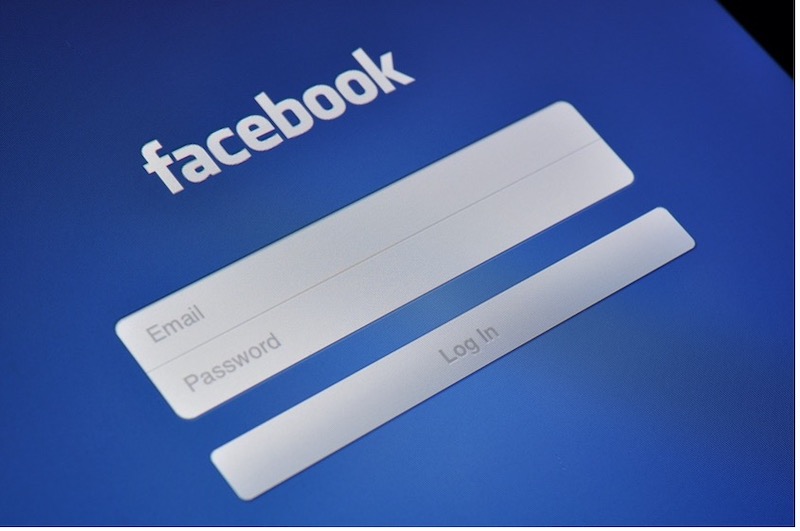

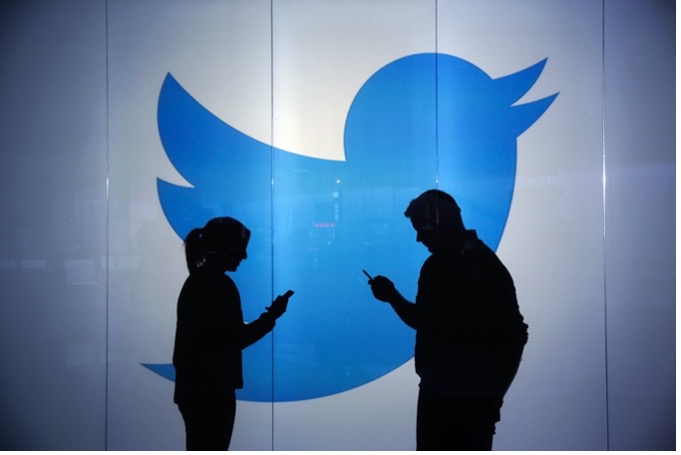







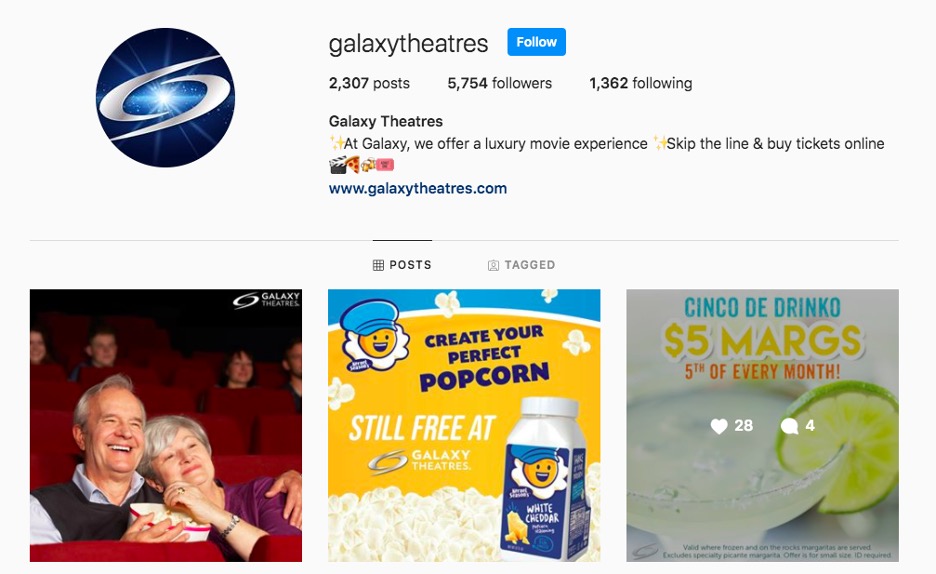 Recently, the world has been forced to remain inside, giving people even more time to be online. Simple tasks, such as grocery shopping, can now be done with apps. Over a short period of time, we have moved as online as we can. Although social media marketing began years ago, it is now almost required that a company be functioning online. This includes services, consultations, and advertisements. By changing to a more internet-dominated world, social media marketing is imperative for a company to flourish. A company will only get a full audience scope, high content levels, and future growth if it maintains multiple social media platforms. If you are looking for a way to expand your followings, a social media marketing agency, such as
Recently, the world has been forced to remain inside, giving people even more time to be online. Simple tasks, such as grocery shopping, can now be done with apps. Over a short period of time, we have moved as online as we can. Although social media marketing began years ago, it is now almost required that a company be functioning online. This includes services, consultations, and advertisements. By changing to a more internet-dominated world, social media marketing is imperative for a company to flourish. A company will only get a full audience scope, high content levels, and future growth if it maintains multiple social media platforms. If you are looking for a way to expand your followings, a social media marketing agency, such as 

